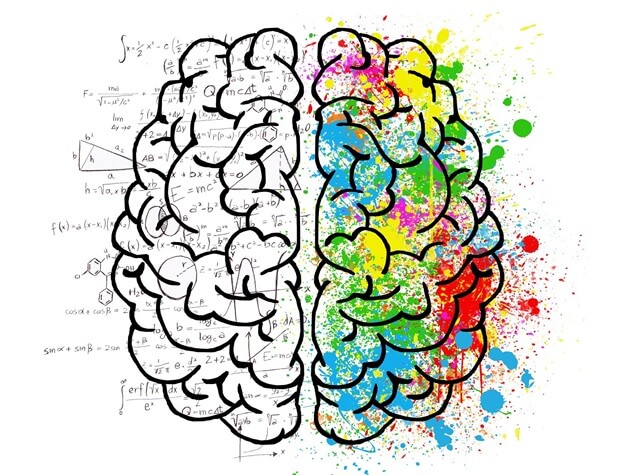Digital design is increasingly important in 2021, amid the ongoing pandemic. Most potential customers’ introduction to you will be through ads and social media during times they can’t leave the house. Make sure they fully understand who you are from the very first post by using colors to improve brand recognition. Here’s how to use them to present your own company to its best advantage.
Blue
Blue is a popular color in marketing because, according to the theory of color psychology, it conveys stability and responsibility, but also tranquility and relaxation. It’s commonly used in banks, like Chase and Citibank, because it promotes trustworthiness. However, it’s also great for spas, particularly when you combine it with the association to water.
If you want consumers to see your company as an authority or feel at peace when they see your marketing materials, blue is the perfect color to implement.
Purple
Purple is historically the color of royalty. That’s why it’s associated with luxury, wealth, and military honor. But it also resembles nebulas and other parts of the night sky, invoking spirituality, magic, and creativity.
Organizations that want to be seen as wise and intellectual, like NYU, often opt for purple in their marketing. You can also consider purple when you want consumers to indulge in your products, like they do with Cadbury chocolate.
Red
Red is one of the most emotional colors. It’s meant to evoke action, passion, fire, confidence, and youth. That makes it an obvious choice for CTAs, but brands also use it in their logos to tie themselves to youth, like McDonald’s and Coca-Cola.
When you want consumers to see your product as being for the bold, red is an ideal color. It’s also great just for getting them excited about anything.
Orange
Orange may be best known as the color of fall, but it’s most associated with vitality. It also goes hand in hand with friendliness and confidence. That’s why it’s perfect for brands like Nickelodeon, Fanta, and other child-centric companies.
Of course, vitality can also have a more grown-up meaning, so it goes along with Hooters and Harley-Davidson. All brands listed are confident ones, though. Overall, it’s clear that color is important, but it also always has to go in context.
Yellow
If you want consumers to think of optimism, cheerfulness, and warmth, yellow is your color. That’s what makes it ideal for Denny’s, Ikea, and Best Buy. It’s aspirational, fun, and bold while still being light.
Of course, keeping the context of colors in mind, it’s also important to remember the audience you’re marketing to, and the way colors are woven throughout their history. In Japan, yellow is a color of courage, but in the United States, South and Latin America, it’s the exact opposite.
Green
While Americans, in particular, connect green with money, emotionally it’s also connected to the environment, luck, health, and growth. It’s the color of the recycling logo, along with Whole Foods and the Girl Scouts.
If your product is eco-friendly, green in your marketing materials is the ideal way to show it. It’s a great color to discuss games of chance, for instance, promoting a raffle. Or just use it to help people understand how good they’ll feel after using your company’s goods or services.
Black
Black may not technically be a color as it’s not on the spectrum of visible light, but it can still have quite an impact on your marketing materials. It invokes power, elegance, mystery, and luxury. It could almost be described as the dark side of purple, although that doesn’t mean your brand has to be negative to use it!
Consider The New York Times – it’s not an evil organization, but it clearly has power, and the logo mirrors that. Prada is a true luxury in black. It can also be great for upscale bars or restaurants if you’re promoting an elegant place to dine out.
White
On the opposite end of the spectrum, white is associated with purity, cleanliness, innocence, and peace. It’s a blank slate that the consumer can make into what he or she wants. That’s why Apple has regularly had white in their logo. The BBC also uses white, and they’re seen as a neutral organization.
It’s ideal for a spa, highly customizable software, and cleaning products of all kinds. If you also want to be a neutral option in a controversial space, white is a great choice.
Of course, the impact of colors on your marketing materials can change based on variations of shade and audience. But so long as you keep these general rules in mind when designing your own marketing materials, you’ll make a serious splash with consumers!
Gabi Bellairs is a freelance writer and copy strategist who has worked with a range of different companies and individuals over the course of her career. Her interests lie in travel, from her times exploring South Africa, as well as events and even DIY, but she is also passionate about gender equality and progressive mental health practices.
Stock photo







